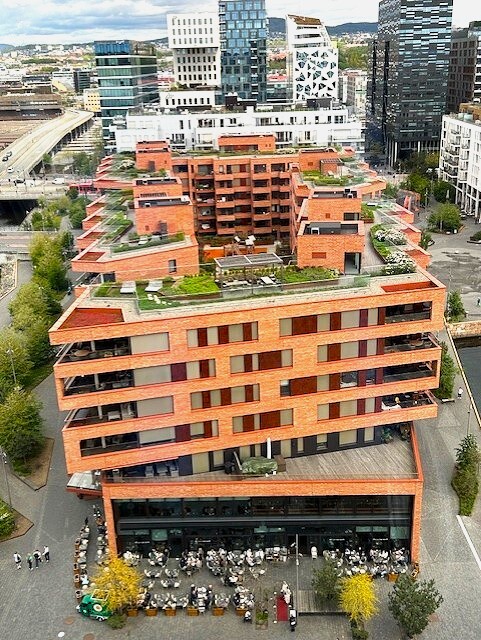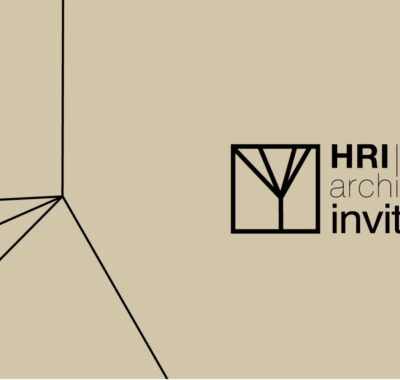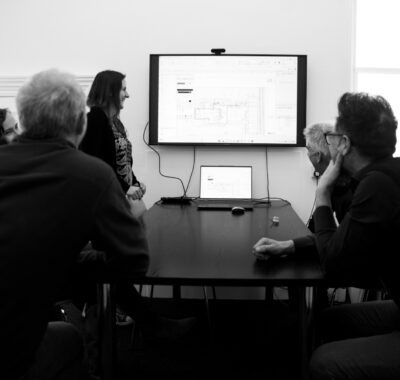Building Confidence: How Norway's Collective Identity Shapes Its Architecture
It’s always refreshing to travel to Norway. Though just across the North Sea and closely tied to us by centuries of trade, culture, and geography, Norway often feels like a parallel world—familiar yet strikingly different. From their approach to the built environment to a shared sense of social responsibility, the Norwegian way offers an inspiring contrast that prompts reflection on our own priorities.
There’s a great affinity between our nations and a lot of friendliness. But the differences are significant. Norwegian culture is far more collective than Scotland’s. Norwegians talk about ‘we’ a lot: “we do this,” “our tradition is that,” and “we celebrate collectively.” There’s a social cohesion and conformity to shared norms that feels deeply embedded.
This strong sense of collective identity enables the Norwegian—and broader Nordic—approach to taxation, social services, and civic infrastructure to function with a coherence and efficacy not often seen in the UK. National and local democratic structures feel more aligned with community values.
Scotland and Norway share many characteristics: a similar population size, peripheral geography, a wealth of natural resources, and strong national identities. And yet, culturally, we diverge. The saying “Scotland could be like Norway if we had a different population” may feel glib, but it touches on a deeper truth.
Norway’s wealth is immediately visible; not just in economic terms but in spatial and environmental quality. Architecture feels confident yet considerate. There’s no fear of modernity. Built forms integrate seamlessly with landscape. The spaces between buildings are thoughtfully designed and valued equally to the buildings themselves. Environmental stewardship is not an afterthought; it’s foundational.
For architects, planners, and policymakers, Norway serves as both a provocation and an invitation. It challenges us to imagine what’s possible when collective identity, environmental stewardship, and design quality are aligned. The Norwegian example reminds us that architecture is not just about buildings—it’s about values, and the kind of society we choose to build together.
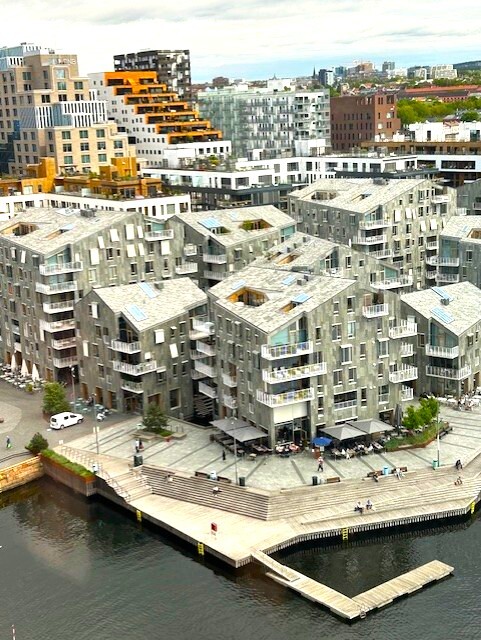
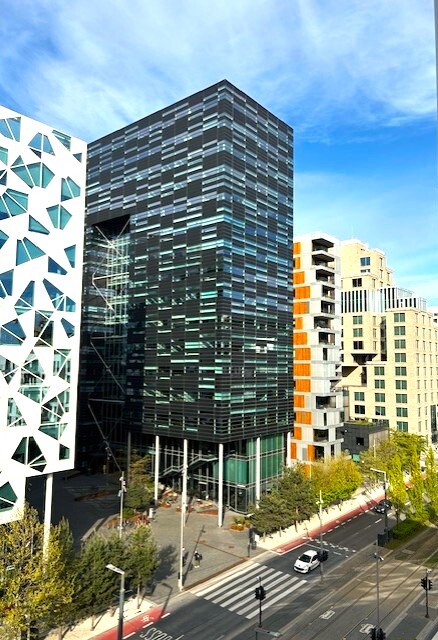
We stayed in central Oslo, next to the celebrated ‘barcode’ enfilade of modernist buildings…
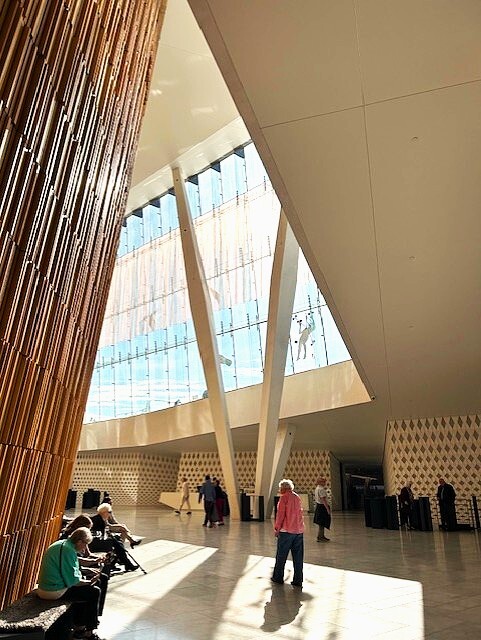
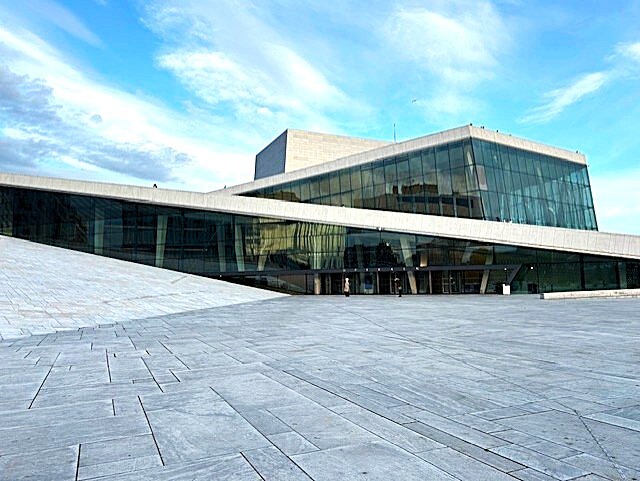
…close to Snohetta’s celebrated Opera House…
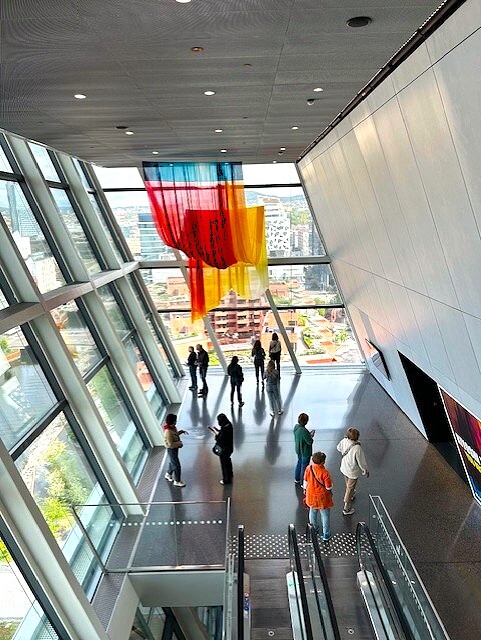
..and the Munch Museum by Estudio Herreros. The latter is a ‘statement building’.. interestingly, it’s difficult to elicit any definite view on the architecture from the locals or other architects… what do you think?
Central / east Oslo city centre has been completely redeveloped over the past 15 years, following a masterplan. What’s evident is the quality, confidence and willingness to embrace modernity and avoid pastiche; the above buildings, new city library, beautifully composed and landscaped residential areas… all speak to a very Nordic rationality, fundamental understanding of the need to make beautiful places to live and an underlying respect for each other and shared confidence.
